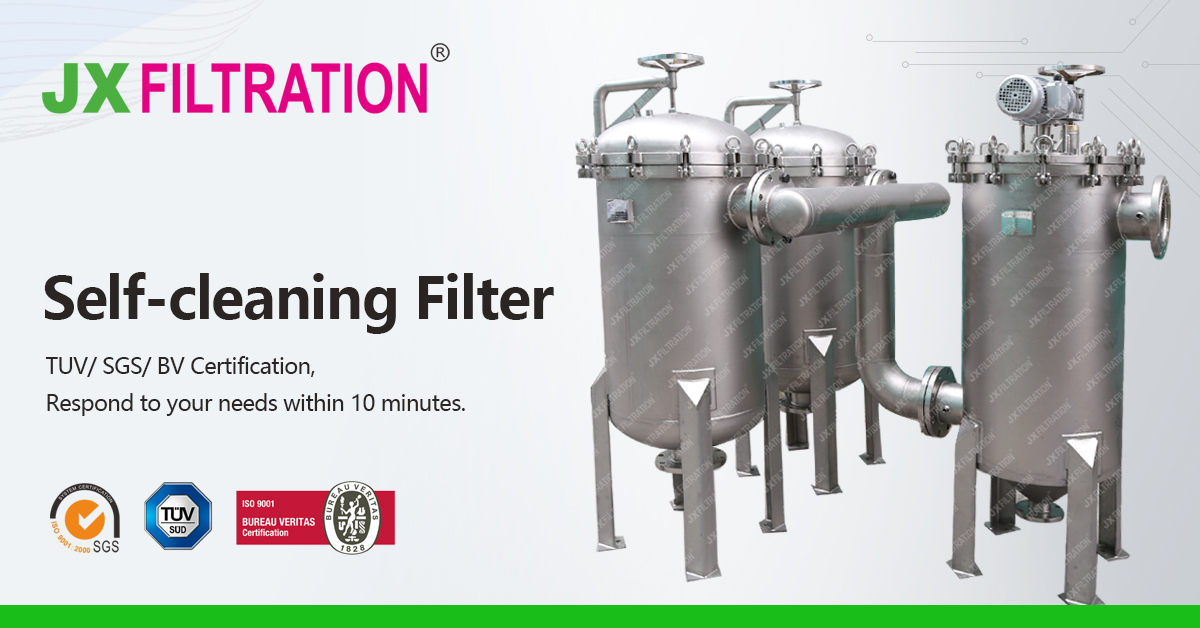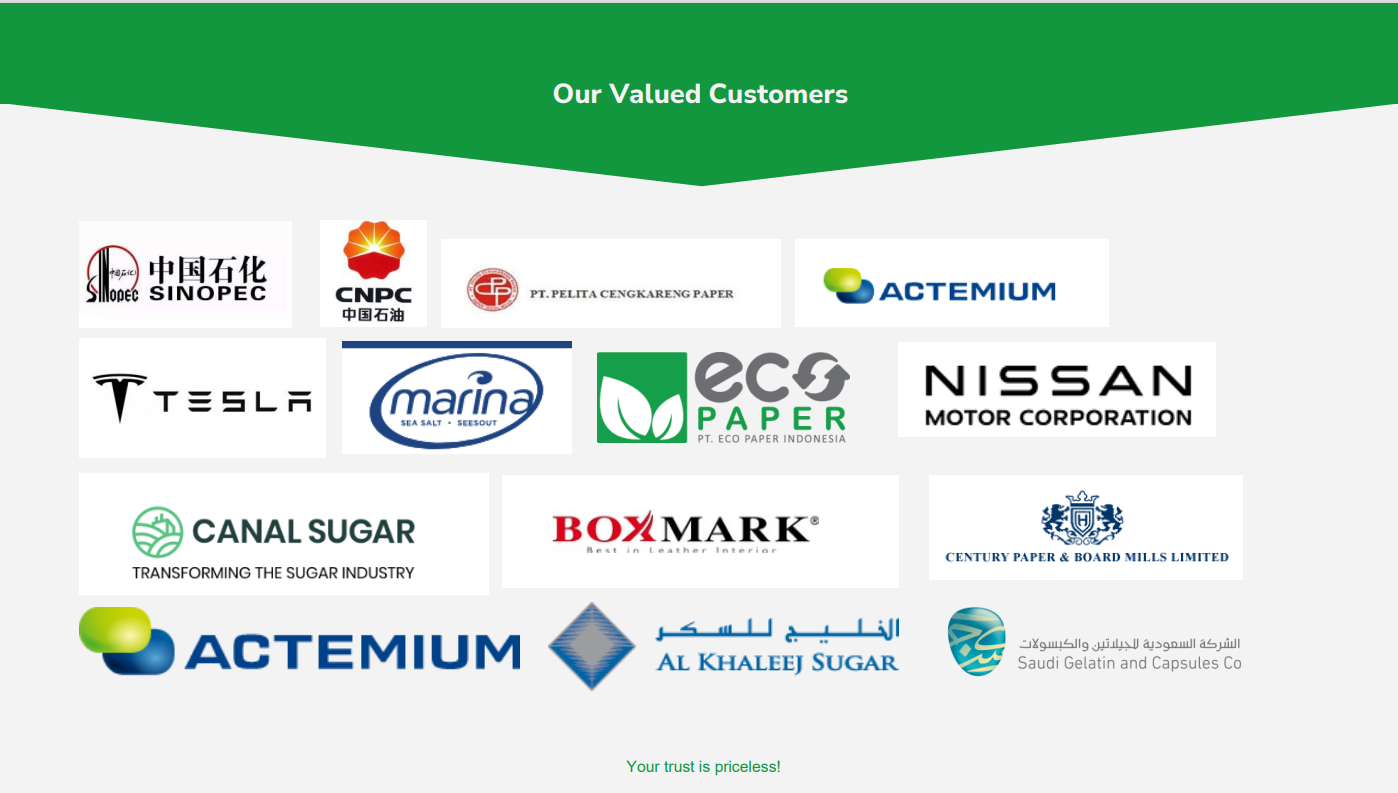What is a Self-Cleaning Filter?
A self-cleaning filter is an automated filtration device designed to remove impurities (such as water, oil, or other liquids) without the need for manual disassembly or shutdown. It uses built-in mechanical or electronic systems to periodically or on-demand clean particles (e.g., sediment, rust, algae) from the filter screen or cartridge, maintaining filtration efficiency and extending service life. Below are its core features and working principles:

Key Features
- Automatic Cleaning
- Cleaning is triggered by time control, differential pressure sensing, or manual command, eliminating human intervention.
- Some models allow continuous operation during cleaning, minimizing downtime.
- High-Efficiency Filtration
- Wide filtration range (typically 1–3000 microns), suitable for different particle sizes.
- Ideal for high-flow or high-contamination fluids (e.g., industrial circulating water, wastewater treatment).
- Multiple Drive Mechanisms
- Electric Type: Uses a motor-driven brush or suction device.
- Hydraulic Type: Utilizes fluid pressure to rotate or backflush.
- Brush/Scraper Type: Physically scrubs the filter screen surface.
- Low Maintenance Cost
- Reduces manual cleaning frequency, lowering long-term maintenance expenses.
Working Principle
- Filtration Stage
- Fluid enters through the inlet, passes through the filter screen/cartridge, and impurities are trapped while clean fluid exits through the outlet.
- Cleaning Trigger
- Differential Pressure Trigger: Activates cleaning when the pressure difference across the filter reaches a set value (indicating clogging).
- Time-Based Trigger: Cleans at preset intervals.
- Manual Trigger: Initiated via a push-button.
- Cleaning Process
- Backflush Type: Reverses flow direction to flush out debris, discharging it through a drain valve.
- Brush/Suction Type: Rotating brushes or suction nozzles remove contaminants, expelling them through a waste port.
- Scraper Type: For viscous fluids (e.g., petroleum), scrapers clean the filter surface.
- Drainage Phase
- Waste is discharged briefly via a dedicated drain valve, with minimal fluid loss (some designs allow recycling).
Applications
- Industrial: Cooling water systems, boiler feedwater, chemical processes.
- Agriculture: Irrigation water filtration.
- Municipal: Wastewater treatment, drinking water plants.
- Marine/Oil: Fuel, lubricating oil filtration.
Selection Considerations
- Fluid Properties: Viscosity, corrosiveness, particle type.
- Flow & Pressure: Must match system requirements.
- Filtration Rating: Select based on impurity size.
- Drainage Method: Consider environmental or recycling needs.
Self-cleaning filters enhance filtration efficiency and reliability through intelligent design, making them essential in modern industrial and water management systems.
Contact us today for a free consultation!
Julie
Email: sales@filtrationchina.com
Mobile / WA / WeChat / Line / Viber: +86 159 2865 0174

